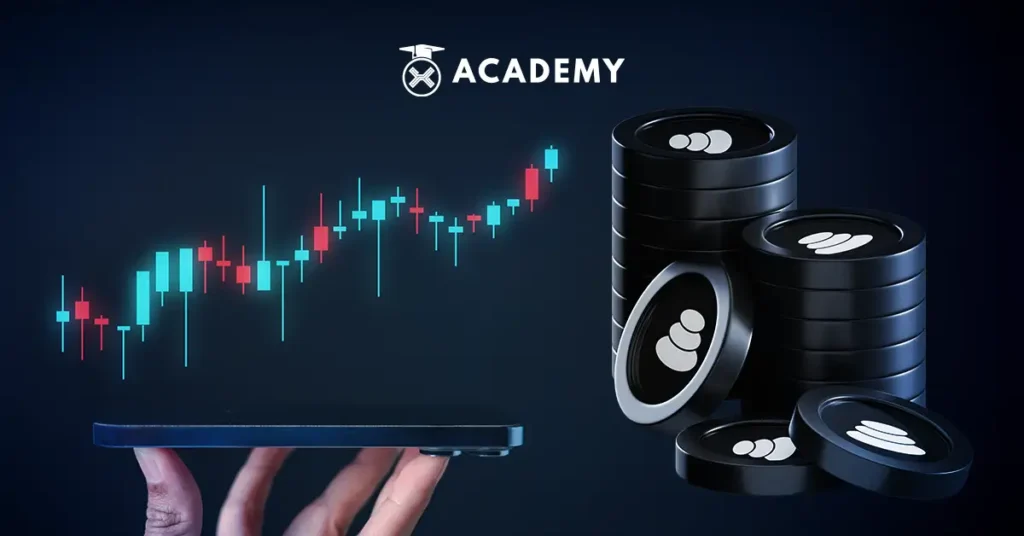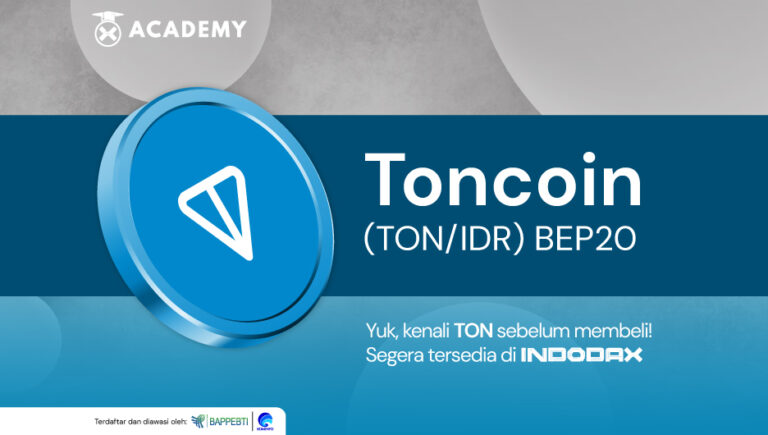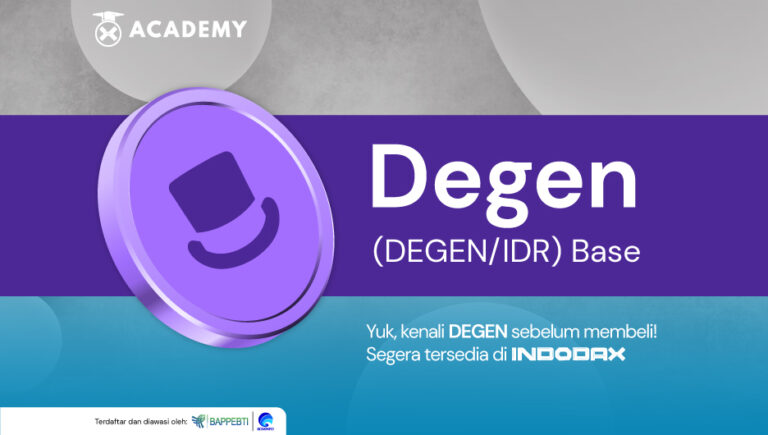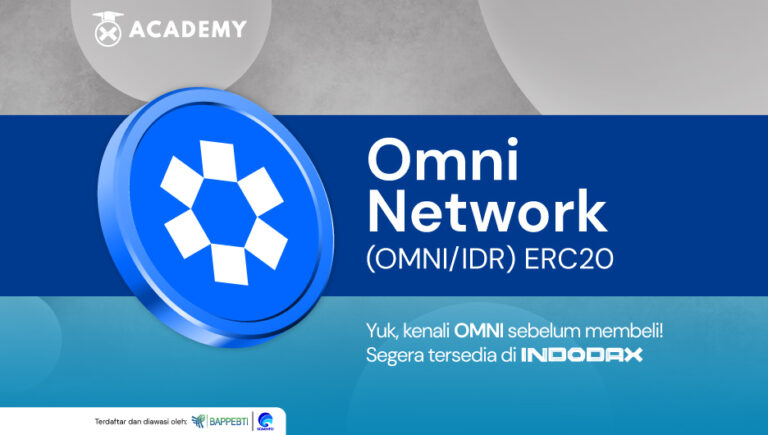Over time, developments in crypto assets continue to present innovations with their respective advantages and uniqueness.
Each of these advances tends to provide convenience, comfort, and benefits for the players and observers of the crypto world.
Not only the emergence of new coins or token types, Decentralized Finance (DeFi) protocols or decentralized finance are also often introduced in the crypto asset ecosystem.
One interesting example worth discussing and reviewing is a protocol known as Balancer or BAL.
Balancer is an innovative platform that presents some benefits to crypto users. To better understand what Balancer (BAL) is in the crypto world, its benefits, history, how it works, and types, check out the full review below!
What is Balancer (BAL) in Crypto?
Quoting docs.balancer.fi, Balancer is a decentralized automated market maker (AMM) protocol built on Ethereum and is a flexible building block for programmable liquidity.
By separating the AMM curve logic and math from the core exchange functionality, Balancer becomes an extensible AMM that can incorporate any exchange curves and pool types.
What are the Benefits of Balancer and Who Uses It?
Balancers are very useful tools for some actors in the DeFi space. Exchangers can swap between any two ERC20 tokens. This can be done through the Balancer app or aggregators such as 1inch, Matcha, or Paraswap.
Liquidity Providers (LPs) can add liquidity into the pool to earn exchange fees, liquidity incentives, and other yield forms.
Passive LPs can use the upgraded pool to earn additional on top of their Aave tokens already undergoing continuous development.
Arbitrageurs can swap against the pool using packaged swaps and flash loans. BAL Token holders can lock their tokens into veBAL and participate in the governance of the Balancer protocol developments.
History of Balancer
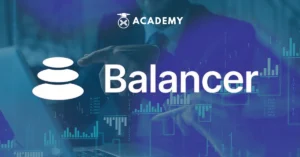
Mike McDonald and Fernando Martinelli initiated Balancer. The project started as part of a research program at a software company called “BlockScience” in 2018.
The Balancer project team includes some smart colleagues who share a keen understanding of the DeFi space. Fernando Martinelli, one of the founders, is a serial entrepreneur and an active member of the creator community.
Before his involvement in Balancer, Fernando had extensive experience in the business and crypto world, and has contributed to building several other companies.
Meanwhile, Mike McDonald, a security engineer and creator of mkr.tools, became Fernando’s partner in creating the Balancer platform and continues to be involved in its management today.
How Balancer Works
Quoting cermati.com, just as an index fund can consist of several different stocks, Balancer uses a Balancer Pool of up to 8 cryptos or crypto assets.
The value of this pool is determined based on the percentage of each token in it. In addition, determining value also depends on the weights chosen when creating the pool.
This protocol allows individuals to contribute liquidity to the trading pool and receive manageable transaction fees.
Balancer Pools with up to 8 types of crypto tokens can be assigned specific weights to the pool so that each token has a minimum contribution of 2% of the total value.
Pool Types in Balancer
In this protocol, various types of pools are operated, including:
1. Private Pools
This pool gives the owner complete control over the management of the pool and makes him the sole liquidity provider for the pool. Also, all parameters can be changed as per the owner’s wish.
2. Public Pool
This type of pool is intended for parties who wish to become liquidity providers (LPs). These LPs will receive incentives through BPT or Balancer Pool Tokens.
3. Smart Pool
This type of pool is similar to a private pool. However, the control is done through smart contracts. The smart contract also rewards in the form of BPT and allows anyone to contribute liquidity to this pool.
Innovative Features: Self-Balancing Index Fund
This protocol uses special programs known as smart contracts to ensure each pool can maintain its asset proportions accurately, even when the prices of the individual coins in it differ.
Suppose a Balancer Pool starts with a composition of 25% ETH, 25% DAI, and 50% LEND. If, at any point, the price of LEND doubles, then the pool will automatically decrease the amount of LEND to maintain a composition of 50% of the total value.
Then, the question is, where does the difference in the amount of LEND go? This function of the smart contract makes the asset available to traders who want to buy LEND when the price increases.
It is important to understand that liquidity providers still receive fees when their portfolios are rebalanced. This contrasts traditional index funds, where investors typically pay a fee for the rebalancing service.
Get to Know BAL: Balancer’s Original Token

Quoting docs.balancer.fi, Balancer was not launched alongside its original token in principle. However, in June 2020, the protocol introduced a governance token named BAL, following in the footsteps of the successful Compound token.
The purpose of this token launch was to encourage more decentralization and provide incentives for liquidity providers (LPs). Of the 100,000,000 coins produced, about 25,000,000 are allocated to the team, investors, advisors, and core developers.
Meanwhile, 5,000,000 tokens are earmarked for the protocol’s Ecosystem Fund and serve as incentives for strategic partners. A further 5,000,000 tokens are allocated to a fund supporting growth, operations, and future fundraising.
The remaining tokens will be mined by liquidity providers on the platform and will be issued in the amount of 145,000 every week. To keep the distribution rate constant, it will take several years to complete the distribution of these tokens.
Balancer Tokenomics
Quoting coingecko.com, the initial distribution of BAL tokens is as follows:
- 65.00% allocated to the Community
- 25.00% allocated to Founders, Options, Advisors, Investors
- 5.00% allocated to Fundraising
- 5.00% allocated to Ecosystem
When BAL was launched, inflation started with a constant amount of 145,000 BAL per week.
However, at the launch of the veBAL system, a halving schedule was introduced: every 4 years, inflation will be halved, with gradual steps every year starting one year after the launch of the new tokenomics system. Eventually, the BAL supply will be around 96,000,000 BAL.
Services on the Balancer Platform
The DeFi Balancer platform is commonly used to exchange ERC-20 tokens through the Swap service. Apart from that, the platform also has several other key uses, including:
1. Balancer pools
Users can create various types of liquidity pools: private or public pools. The uniqueness of Balancer Pools compared to other protocols lies in its infinite flexibility.
2. Liquidity providers
Balancer users can contribute liquidity into public pools and receive a fraction of the fees generated, such as the proceeds from exchange fees used by Balancer platform users.
3. Vote
Balancer token holders can propose and vote on governance changes.
4. Building
Developers can easily create their own custom Balancer applications. The success of the Balancer Protocol depends not only on the Balancer Labs team and the Balancer community but also on the projects built on top of it.
The Balancer Grants program provides support and funding for projects committed to bringing Balancer Protocol one step closer to achieving its goal of becoming the leading platform for programmable liquidity.
Balancer V2: Protocol Upgrade
On May 11, 2021, Balancer released an upgrade of its protocol called Balancer V2.
The main focus in developing Balancer V2 was to increase security, flexibility, capital efficiency, and optimize gas fees or trading fees.
A key component of V2 is the switch to a single Vault architecture that holds and manages all assets added by all Balancer Pools.
V2 Vault is a single contract that centrally manages all assets that have been contributed to Balancer Pools.
Integration with Polygon and Arbitrum
Rising gas fees have limited small players’ access to DeFi platforms on decentralized exchanges. From July to August 2021, Balancer responded by integrating two layer-2 Ethereum projects, namely Polygon and Arbitrum.
Polygon is a Layer 2 sidechain designed to improve Ethereum’s efficiency, security, scale, and usability.
In July 2021, Balancer collaborated with Polygon’s Summer of DeFi, which led to the launch of support on the sidechain to reduce transaction fees.
Furthermore, in August 2021, Balancer was implemented on Arbitrum, another L2 scaling solution project built on Ethereum. This was done to continue facilitating easier access to liquidity through optimized rollups.
Conclusion
In conclusion, Balancer has made important contributions and valuable innovations in the crypto ecosystem, especially in the DeFi industry.
As a liquidity pool platform, Balancer brings flexibility and uniqueness by allowing users to create different liquidity pools, including private and public pools.
This flexibility makes Balancer an effective tool for exchanging ERC-20 tokens through the Swap service. It is also worth noting that Balancer is constantly evolving and competing in the dynamic DeFi environment.
Integration with layer-2 Ethereum projects, such as Polygon and Arbitrum, demonstrates a proactive response to gas fee constraints and access limitations for small users.
The move demonstrates anticipation of future developments by ensuring the sustainability and adaptability of this protocol in the face of industry changes.
Before buying Balancer (BAL) token crypto assets, it is important to know that you can also check the updated price of BAL token coin rating first.
You can also read updated information about the crypto world in a collection of interesting articles on INDODAX Academy and the most complete crypto term dictionary here.
By accessing INDODAX Academy, you will hopefully gain deeper insights into trading tips and tricks and the latest news about crypto assets, NFTs, DeFi, Metaverse, and other blockchain technology.
Buy Balancer (BAL) Token on INDODAX
Now you understand what Balancer (BAL) is in the crypto world, its benefits, history, how it works, and its types.
Furthermore, if you are interested in buying Balancer (BAL) tokens on INDODAX, you should check the current price of BAL to IDR on INDODAX Market.
However, as a disclaimer, it should be underlined again that investing in crypto assets carries a high risk, and its value may fluctuate. Therefore, it is highly recommended to research and consult before making an investment decision.
Start investing in Balancer (BAL) tokens on INDODAX from now on!




